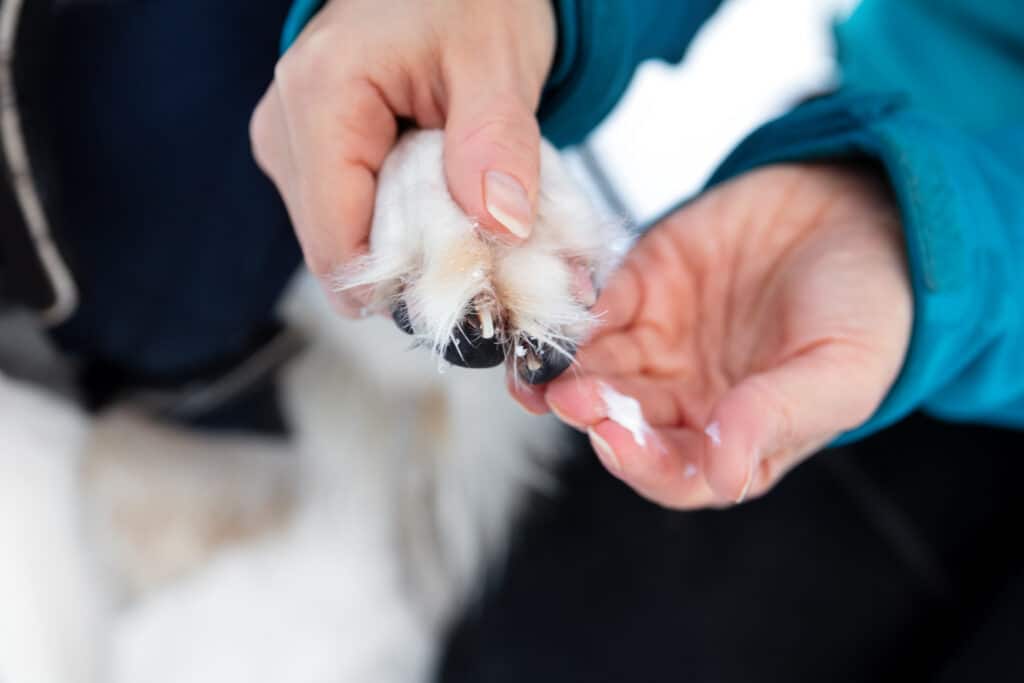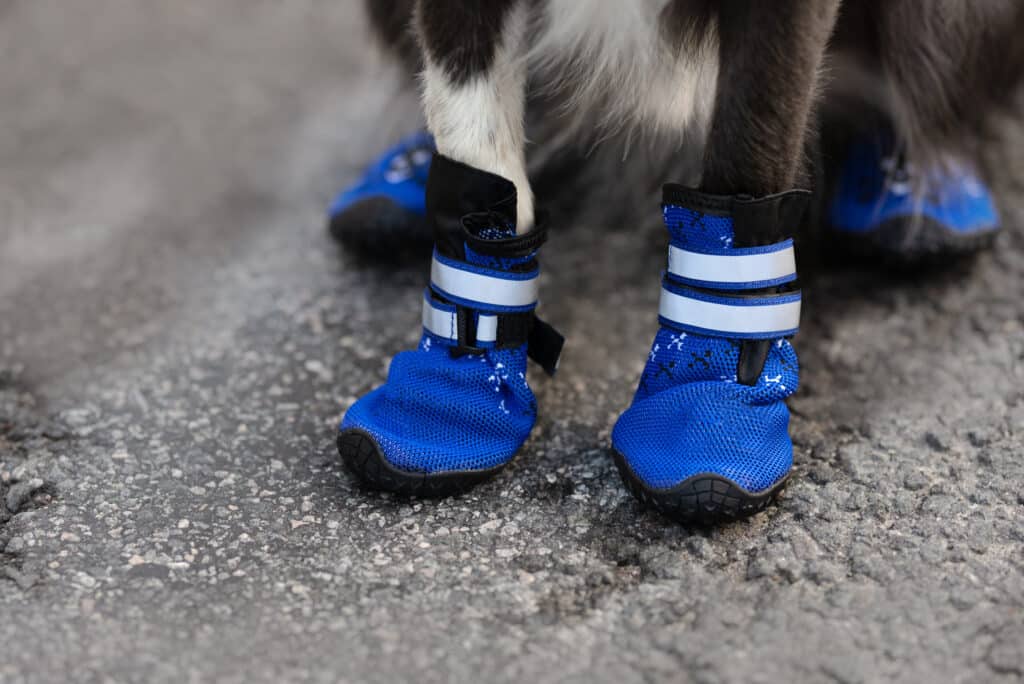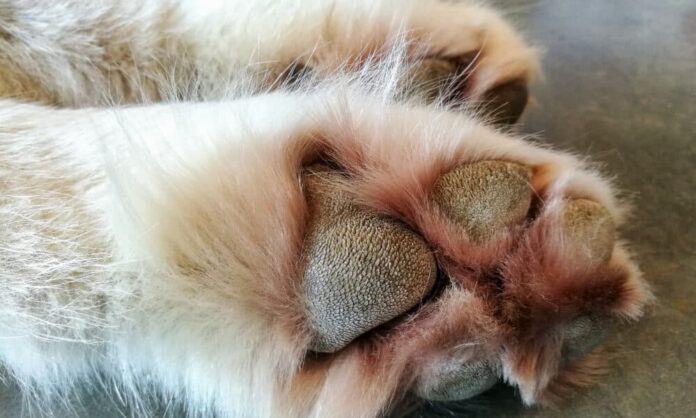Understanding Dog Paw Hyperkeratosis: Causes, Symptoms, Treatment, and Prevention

If you’ve noticed that your dog has hairy paw pads, you might be observing the symptoms of a condition known as dog paw hyperkeratosis. This often misunderstood condition, characterized by an overproduction of keratin, leads to thickened, dry skin on a dog’s paws, which can cause discomfort.
What is Dog Paw Hyperkeratosis?
Dog paw hyperkeratosis, often referred to as hairy dog feet, is a skin condition primarily affecting the paw pads. Over time, this condition can lead to discomfort and pain for your canine companion. Below, we delve deeper into this condition, exploring its causes, symptoms, treatments, and preventive measures.
What Causes Dog Paw Hyperkeratosis?
Dog paw hyperkeratosis isn’t contagious; however, several factors can contribute to its development:
1. Genetics
Genetic predisposition plays a significant role in hyperkeratosis. For instance, certain breeds, like Labradors, may be genetically more susceptible due to specific hereditary conditions.
2. Age
As dogs age, their skin tends to thicken, particularly at pressure points like the paws, potentially leading to the formation of calluses and hyperkeratosis.
3. Canine Distemper
This life-threatening disease can manifest as paw hyperkeratosis. Vaccination during puppyhood can significantly reduce the risk.
4. Pemphigus Foliaceus
This autoimmune condition can predispose dogs to hyperkeratosis as well.
5. Zinc Deficiency
Certain breeds may struggle to absorb zinc, leading to skin conditions like hyperkeratosis.
6. Leishmaniasis
This parasitic disease, caused by sandfly bites, can also cause thickening of the skin on a dog’s paws as part of its symptoms.
Symptoms of Dog Paw Hyperkeratosis

Symptoms of dog paw hyperkeratosis include:
- Dry, crusty, and thickened skin on the paw pads
- Cracks and fissures that may bleed
- Loss of pigmentation in affected areas
- Excessive licking of the paws
- Limping or difficulty walking
- Reduced physical activity
- Secondary infections
Early detection is critical, so if you observe these symptoms, it’s essential to visit a veterinarian promptly.
Treating Dog Paw Hyperkeratosis

While there is no cure for hyperkeratosis, several management strategies can alleviate symptoms and improve your dog’s quality of life:
1. Treat Underlying Conditions
Identify and address any underlying health issues contributing to hyperkeratosis.
2. Trimming Excess Skin
Consult your vet about trimming excess keratin to provide relief and comfort to your dog’s paws.
3. Epsom Salt Soaks
Soaking your dog’s paws in a warm Epsom salt solution can help soften hardened skin.
4. Use Ointments
Paw balms can effectively moisturize and soothe irritated skin. Regular application can significantly help in managing the condition.
5. Veterinary Consultation
In severe cases, veterinarians may prescribe topical or oral treatments, including moisturizers and antibiotics for secondary infections.
Preventing Dog Paw Hyperkeratosis

While hereditary forms of hyperkeratosis are unavoidable, you can take steps to prevent non-genetic variants:
- Regularly check your dog’s paws. Early detection can make treatment more effective.
- Keep paws moisturized. Using balm regularly can help prevent dryness.
- Trim your dog’s nails. This promotes healthy paw health and cleanliness.
- Use protective footwear. Dog booties can shield paws from harmful surfaces.
- Vaccinate against Canine Distemper. Preventative measures can reduce incidents of associated hyperkeratosis.
Conclusion
Although dog paw hyperkeratosis is not life-threatening, it is crucial to address it promptly. With proper care and management, you can prevent significant discomfort and ensure that your dog lives a healthy, active life. By following this guide, you can better support your furry friend’s paw health and well-being.












